The annual budget request, which guides Congress on administration priorities, emphasizes natural climate solutions but overlooks some critical Western water quality and quantity conservation efforts
Just before the Memorial Day weekend, the White House released its proposed fiscal year 2022 budget, which could push Congress to create new conservation programs and invest more heavily in existing efforts to restore fish and wildlife habitat.
The TRCP policy team has read the proposal with an eye toward some of the most important line items for fish and wildlife conservation. First, the Biden budget proposal makes some of the most meaningful investments targeted at addressing climate change we’ve ever seen, taking a refreshing “whole of government approach” and mobilizing the entire federal government to take climate-smart actions.
The White House also recommended increasing investments in many priorities important to sportsmen and sportswomen, including improving public land access and reconnecting fragmented habitats.
“For the first time ever, a president’s budget is sent to Congress that places action on climate change right where it belongs: front and center,” says Whit Fosburgh, president and CEO of the Theodore Roosevelt Conservation Partnership. “It is refreshing to see investments in forest health, the national wildlife refuge system, full implementation of the Great American Outdoors Act, and the Clean Water State Revolving Fund, among many other positive developments.”
“Congress holds the power of the pursestrings and will ultimately decide how to fund conservation with this proposal in mind, and we look forward to working with decision-makers to invest in critical areas of need, including water quality, climate-resilient habitat, private land conservation, public access to outdoor recreation, and conservation jobs,” says Fosburgh.
Here are the team’s major takeaways in four key areas.
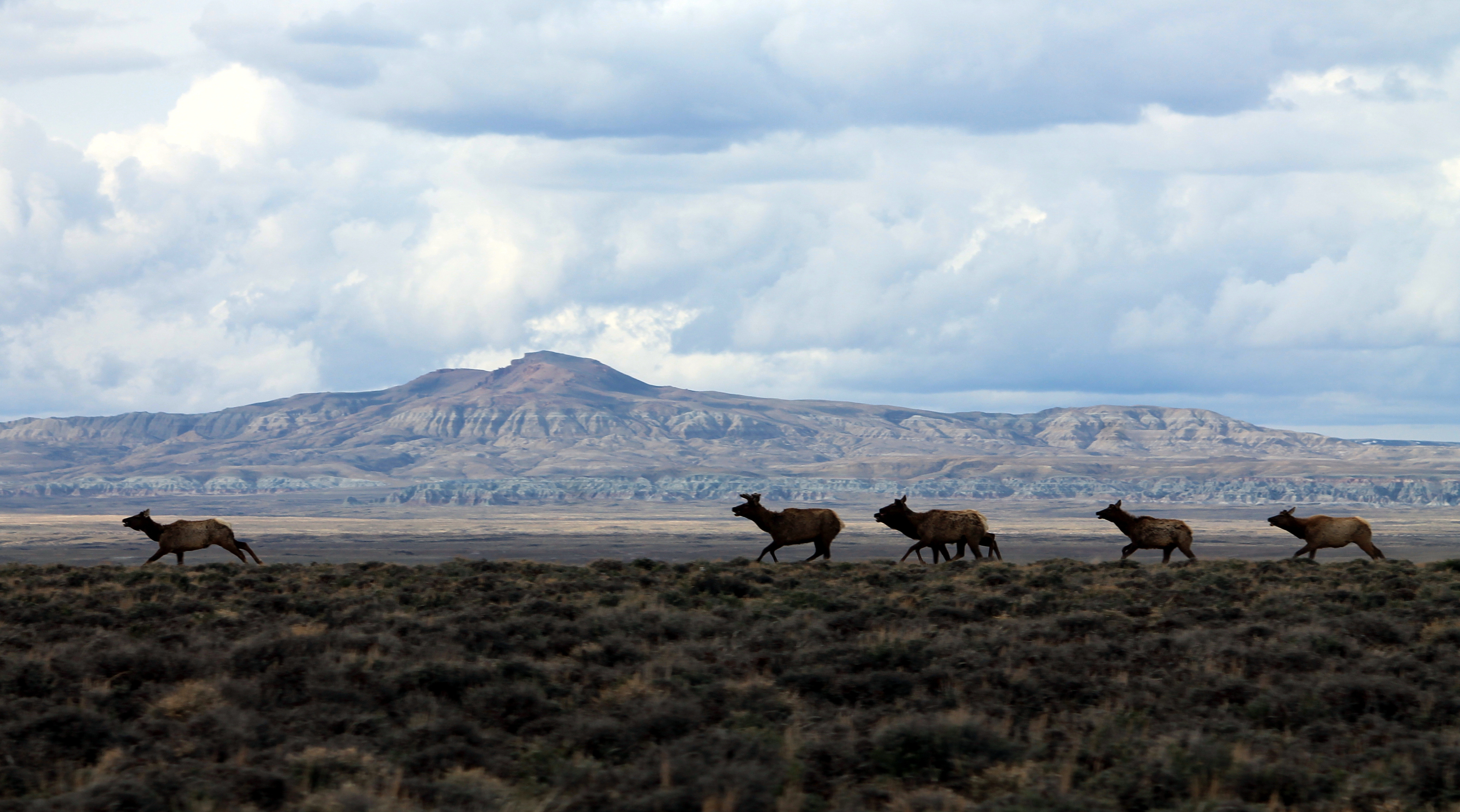
Climate Change
The president’s budget lays out a “whole of government” approach to tackling the climate crisis, with more than $36 billion in investments for FY22—an increase of more than $14 billion compared to this year. This funding would support new programs or enhance existing efforts through conservation, planning, technical assistance, and research, while actively creating jobs. The plan’s emphasis on ecosystem resilience and research is good news for fish and wildlife habitat that could be improved to capture and sequester more carbon while boosting our hunting and fishing opportunities.
Other key line items:
- An additional $325 million for forest health programs at the Department of the Interior and U.S. Department of Agriculture to mitigate the risks and impacts of catastrophic wildfires. This includes $20 million in new funding for Healthy Forests Reserve Program which helps landowners restore, enhance, and protect forest resources on private lands to promote the recovery of threatened and endangered species, improve biodiversity enhance carbon sequestration.
- $914 million for climate-smart agriculture practices (see Private Land section below), including $161 million to help private landowners integrate science-based tools into conservation planning for carbon sequestration.
- $500 million in new dedicated funding for the Building Resilient Infrastructure and Communities program, which helps communities proactively use the power of habitat to lessen the impacts of future storms and other disasters. This was one of the priorities identified by the TRCP’s coalition pushing for conservation solutions that put Americans back to work in the wake of the pandemic.
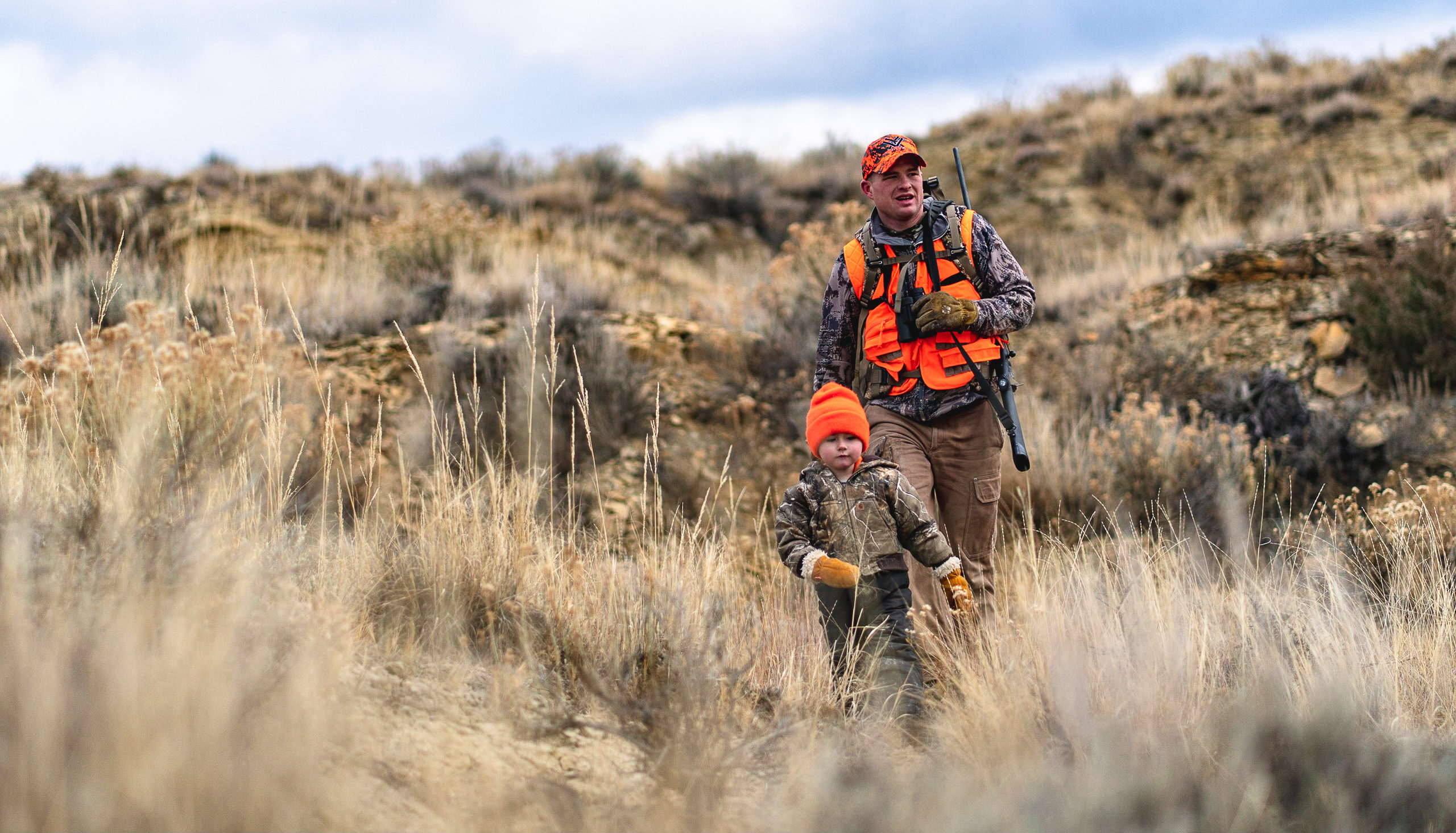
Public Land
The president’s budget proposal recognizes the value of migration corridors and modernizing public land access data so that outdoor recreation is truly accessible to all. It would also fund important place-based efforts to conserve iconic American fish and wildlife resources. Perhaps most importantly, a little more than $59 million has been proposed for improving recreational access across Bureau of Land Management, U.S. Forest Service, U.S. Fish and Wildlife Service, and National Park Service lands. This is a decrease from $67.5 million in FY21, but it far exceeds the $27-million minimum for access projects set by the 2019 John D. Dingell Jr. Conservation, Management, and Recreation Act.
Other key line items:
- A $6.1-million increase for the Bureau of Land Management to address habitat fragmentation and advance efforts “to identify, protect, conserve, and restore functional, landscape-level wildlife migration, dispersal, and daily movement corridors.”
- An $82-million increase for the National Wildlife Refuge System to help address staffing and upkeep needs for some of the nation’s best public lands. The $584 million budget set in the president’s request is the largest-ever proposed for the refuge system, which could also be open to more hunting and fishing than ever before under this administration.
- A $28-million increase for BLM Resource Management Planning that would enable the agency to update decades-old land management plans that could be used to conserve big game migration corridors and winter range, manage and support outdoor recreation, and expand and provide access for millions of Americans.
- No new resources were proposed to support the Corridors Mapping Team at the U.S. Geological Survey, which is responsible for working with state agencies to map migration corridors, but agency officials on a June 2 briefing call did commit to continue funding this work through the Cooperative Research Unit program. The TRCP hopes to see the USGS corridors mapping work expanded in the future.
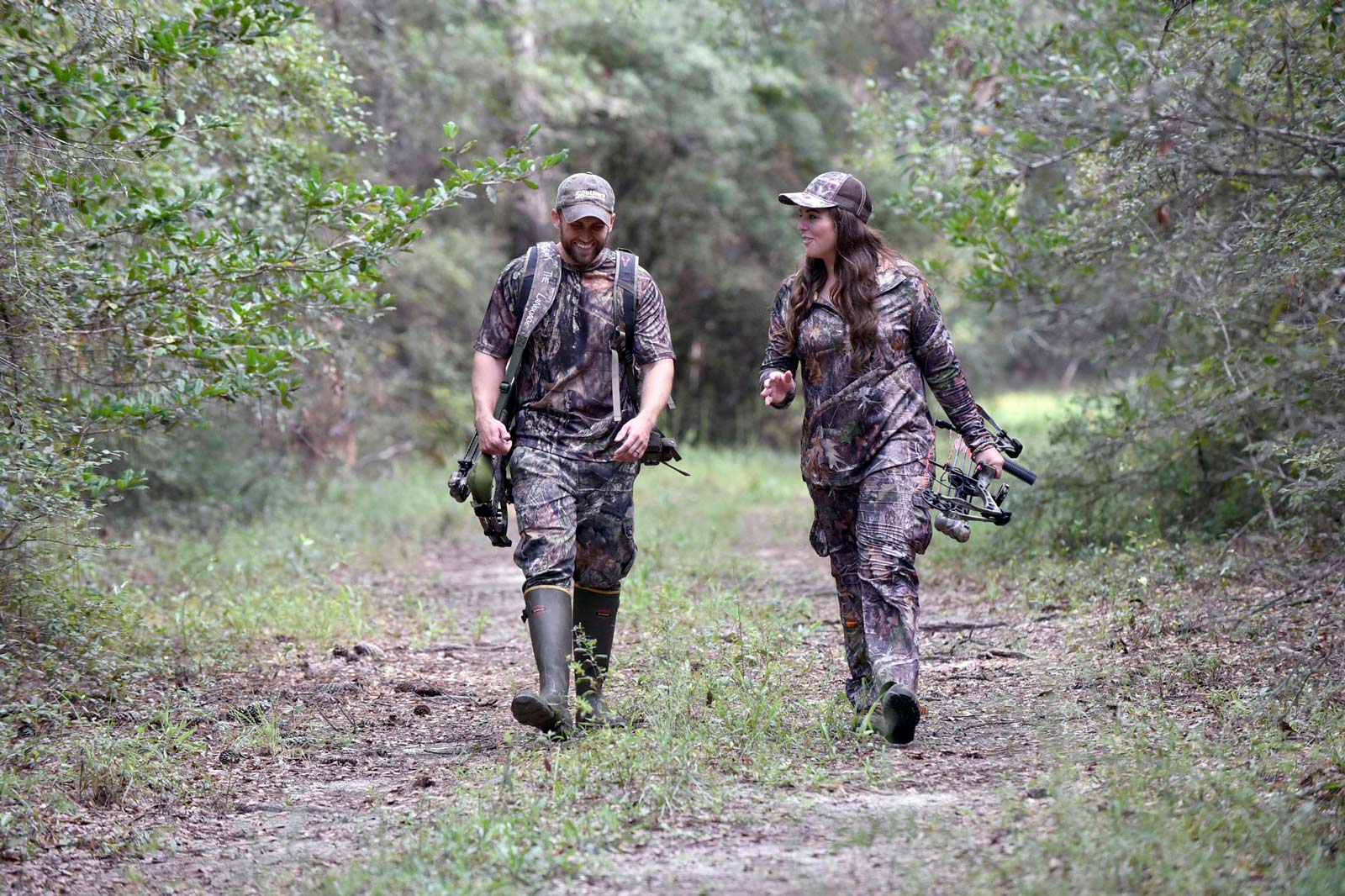
Private Land
The president is proposing a $2.6-billion increase—or a 9-percent bump—to the U.S. Department of Agriculture’s discretionary budget, which includes $914 million to support the adoption of climate-smart agriculture and forestry. But the full USDA budget is projected to shrink by almost $17.4 billion, to $198 billion, after the sunset of COVID-19 emergency support payments.
The White House is seeking an increase of $43 million for more technical assistance to landowners through the Natural Resource Conservation Service, which is critical to enabling agricultural producers, conservation districts, and local officials to make informed decisions about conservation planning. The TRCP supports this increase, but more funding is needed to enable the tidal changes in land stewardship that the administration has promised.
Other key line items:
- Level funding, or $175 million, for the Watershed Protection and Flood Prevention Operations Program.
- USDA will increase resources for CWD research, although it has not shared a specific funding level at this time.
- No cuts to USDA mandatory program spending, which includes the suite of conservation programs included in the farm bill.
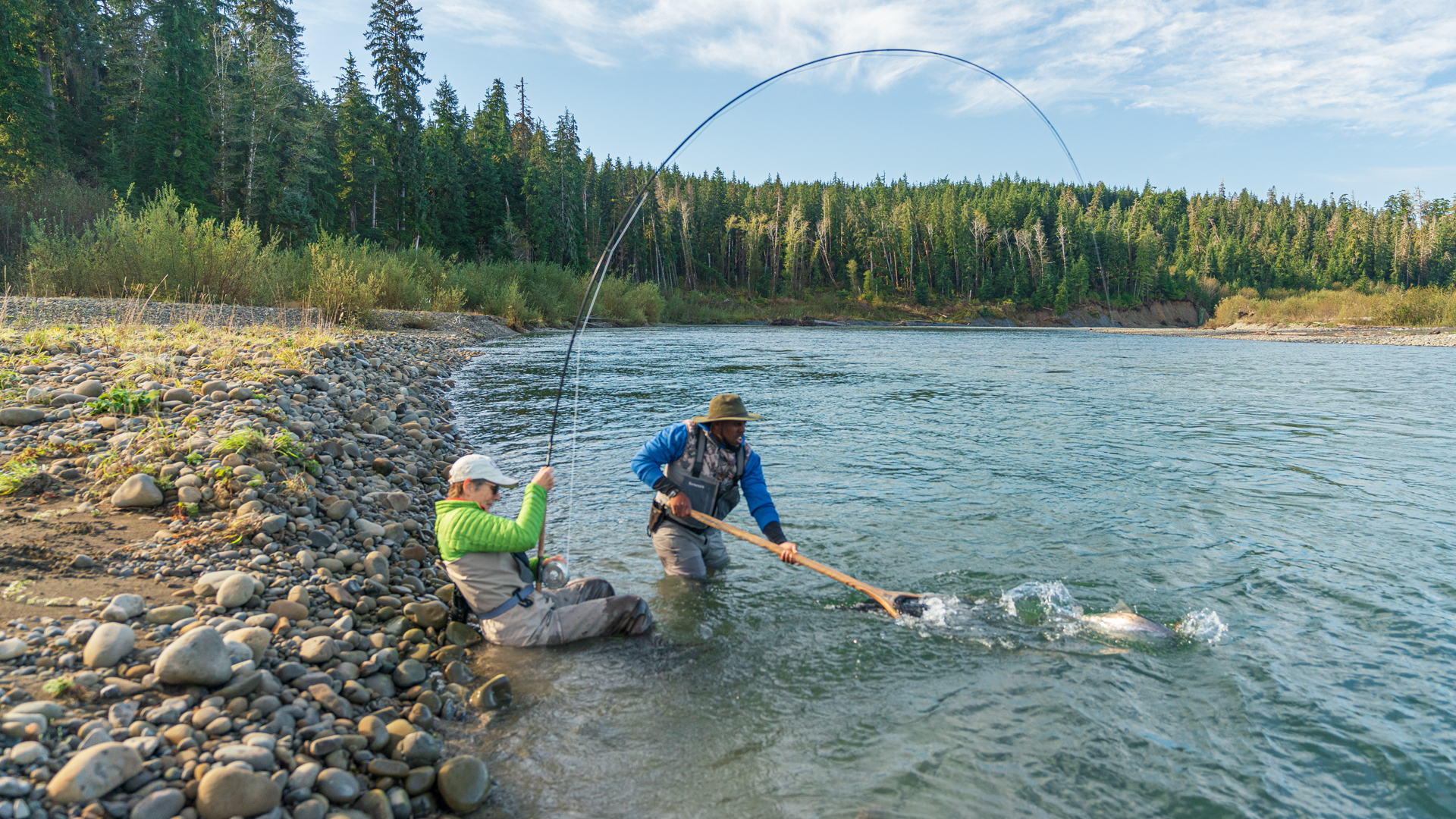
Water Resources
In the water space, the president’s budget is, unfortunately, a mixed bag for hunters and anglers. Overall, the Bureau of Reclamation’s budget is cut by almost 10 percent from FY21 funding levels, and WaterSMART—a critical program for restoring fish habitat and developing solutions to water shortage issues brought on by drought, aging infrastructure, and agriculture and population strains—is cut by nearly 63 percent in what seems like a glaring oversight. This represents the smallest investment in WaterSMART since 2015, down from $55 million in FY21 to roughly $15 million in the current proposal.
“The TRCP has long championed solutions to water supply crises in Western states and, more broadly, proposals that improve both water quality and quantity across the country,” says Melinda Kassen, TRCP’s senior counsel and interim water resources director. “We look forward to working with Congress to make sure that these programs receive adequate funding as the FY22 budget process unfolds, and we appreciate the cooperation of both Congress and the administration to support and fund these mission-critical water initiatives.”
Some other water programs did see increases, and funding for the Environmental Protection Agency increased substantially across the board.
Other key line items:
- A modest $3-million increase for the EPA’s “319” program, which provides grants to projects that help rivers and streams withstand the impacts of polluted runoff.
- A large additional outlay of $232 million for the Clean Water State Revolving Fund, including the Green Project Reserve for natural infrastructure, water efficiency, and other environmentally innovative projects.
- An additional $580 million for initiatives to remediate orphan wells and abandoned mines— where heavy metals and acidic runoff cause water quality issues—tripling the current annual discretionary funding for these purposes. The proposal also includes $165 million for the Abandoned Mine Land and Economic Revitalization program, which will help accelerate remediation and reclamation work on Department of Interior lands.
- $340 million for Great Lakes restoration, which is $10 million over FY21 enacted levels.
- $90 million for the Chesapeake Bay Program to continue leading on the restoration of the Bay.
- $350 million for the Central Everglades Restoration Program is less than half of what the TRCP and others would like to see, but it’s still an increase of almost $100 million over FY21. Here’s where the massive Everglades restoration effort stood at the end of 2020.

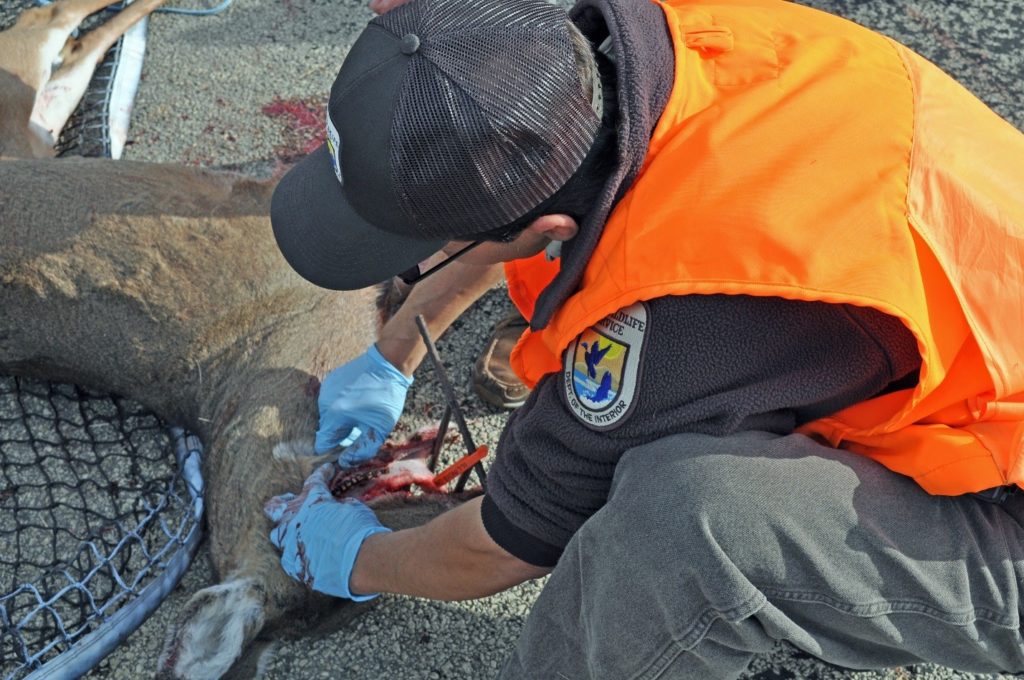
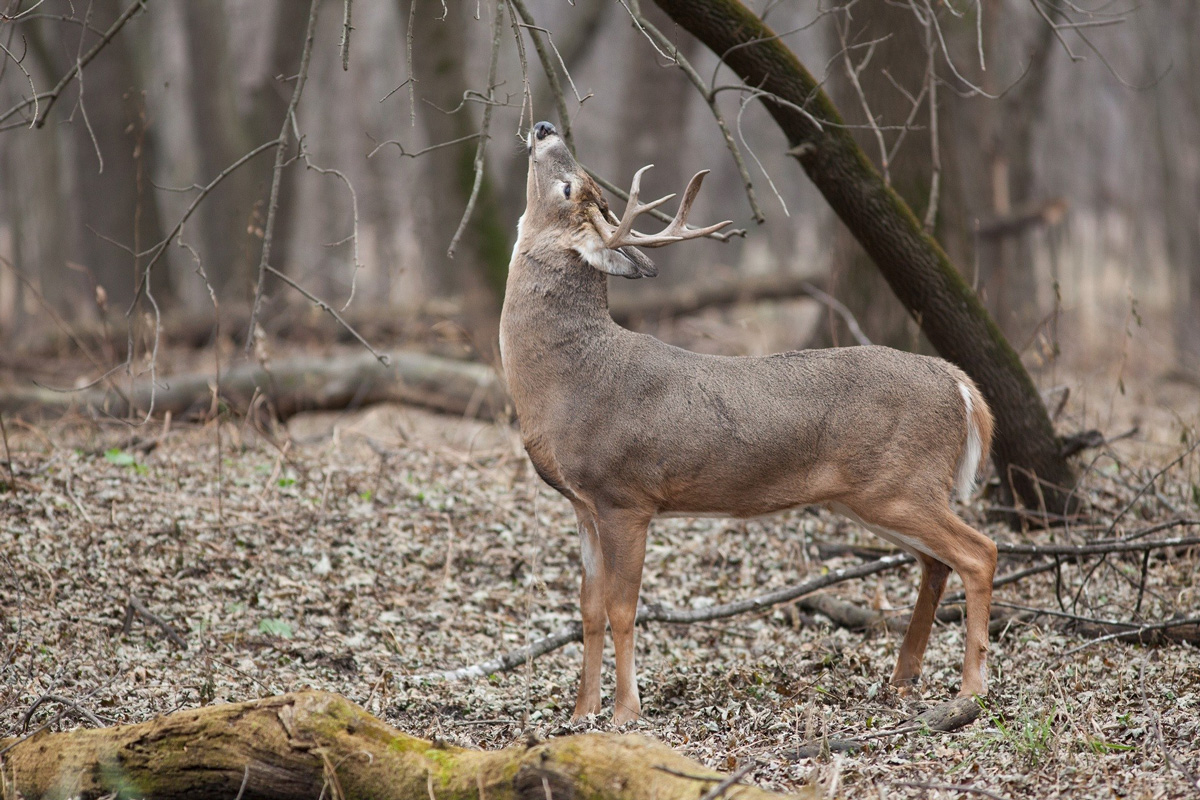




Who exactly benefitted from the WaterSmart program in the BOR agency? Ranchers and industrialized farming operations or our fish and wildlife? Was all the money and programs focus on protecting our natural resources or helping agriculture? Lets hear exactly what the program is benefitting.
I’m reading a lot about paying property owners to not cut in an effort to store carbon. Federal and State Governments have failed the Ruffed Grouse. My concern is less trees n being cut rather than promote successional forest growth and enhance the ruffed grouse population.
Lots of money but no way to measure and follow progress
So much money being spent with nobody minding the store.